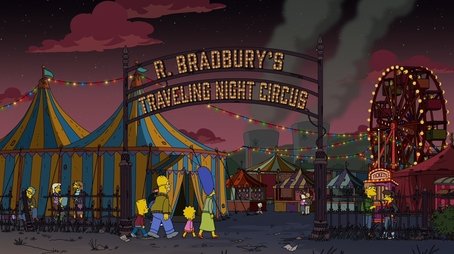
Sorry, we have not watched this yet.

A tattooed man at a mysterious night circus transports Lisa into three strange stories from the innocent 1950s, the chilling retro-present, and a brutalist future where prestige TV rules the world.
Sorry, we have not watched this yet.